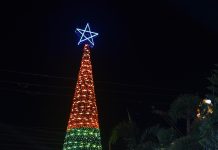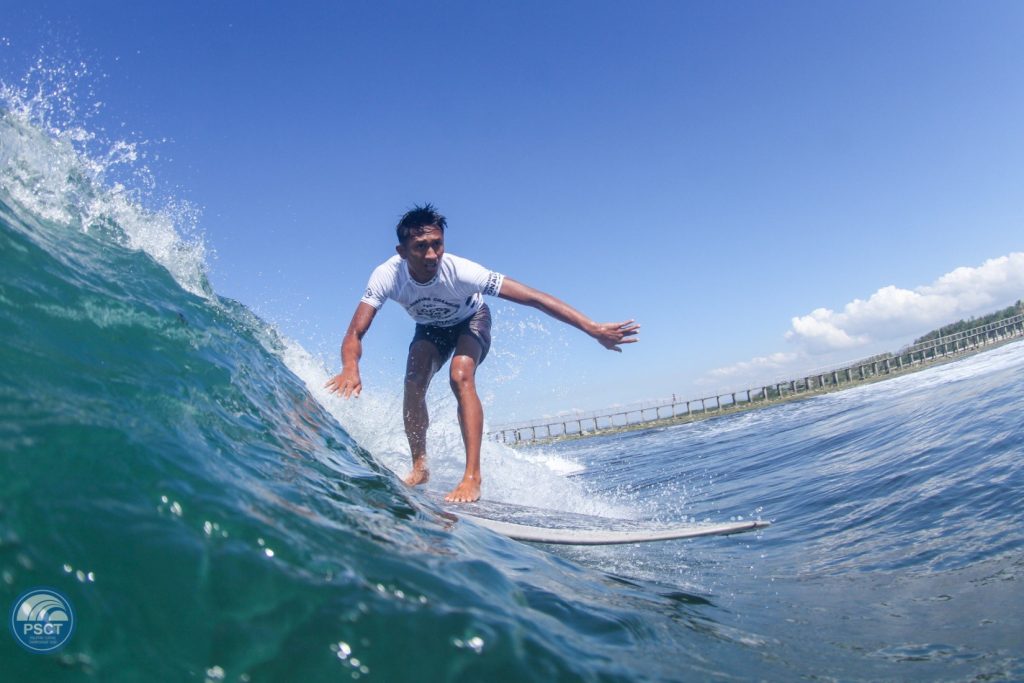
I wouldn’t think that one day, surfing would become professionalized here in the Philippines. No longer would it be a ragtag pastime for misfits and bums like what the older generation thought of surfers—surfing now has its own league especially since it’s not part of the Olympics.
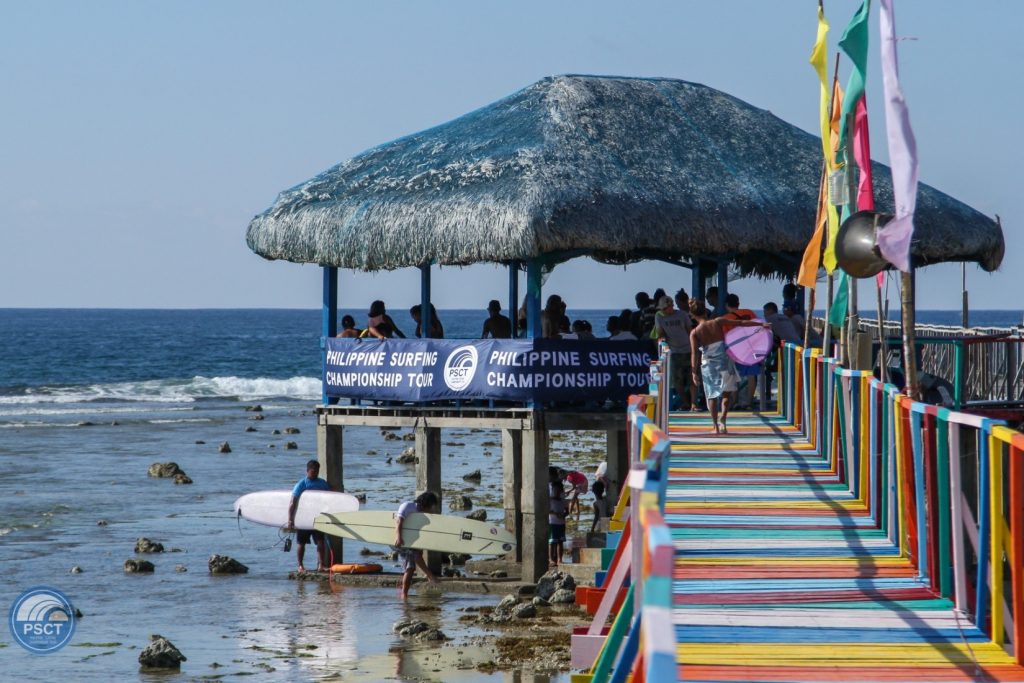
Curious to know the journey of surfing as an Olympic sport, I found out that it had been a lofty dream of legendary surf icon Duke Kahanamoku. Fifty years since the Hawaiian advocated for its inclusion in the Olympics, it’s only now that his vision is a reality.
How does surfing work now as an Olympic sport? There will be 20 men and 20 women, all shortboarders, from across the globe, competing in categories separated by sex. In the future – if surfing is included in the Games again – there may be more categories included, which could create more opportunities for athletes to win medals. For now, it is limited to a field of 40 men and women shortboarders.
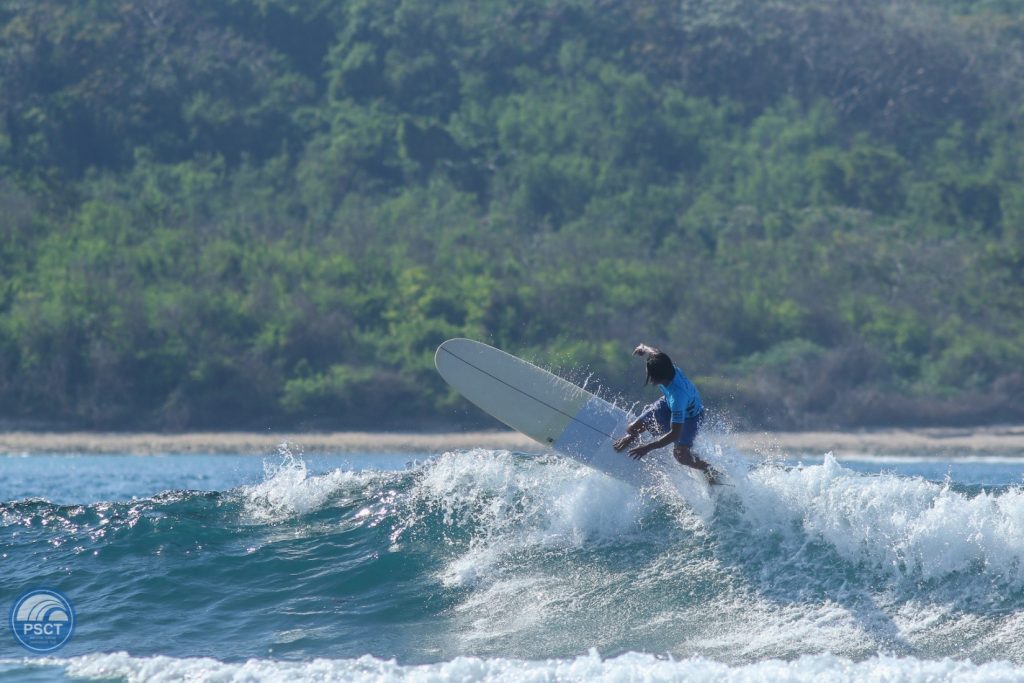
As Philippine surfing continues to gain momentum through the Philippine Surfing Championship Tour (PSCT), one elusive surf spot finally reveals itself. Flanked by fishing boats, the beach at Brgy. Sabang in Cabugao, Ilocos Sur is calm until a direct north swell bends into its coast and the once quiet town awakens with long right-handers rumbling with power. Not a lot of surfers have ventured this far north, but to those who know when to go, the place is called Kido’s Point.
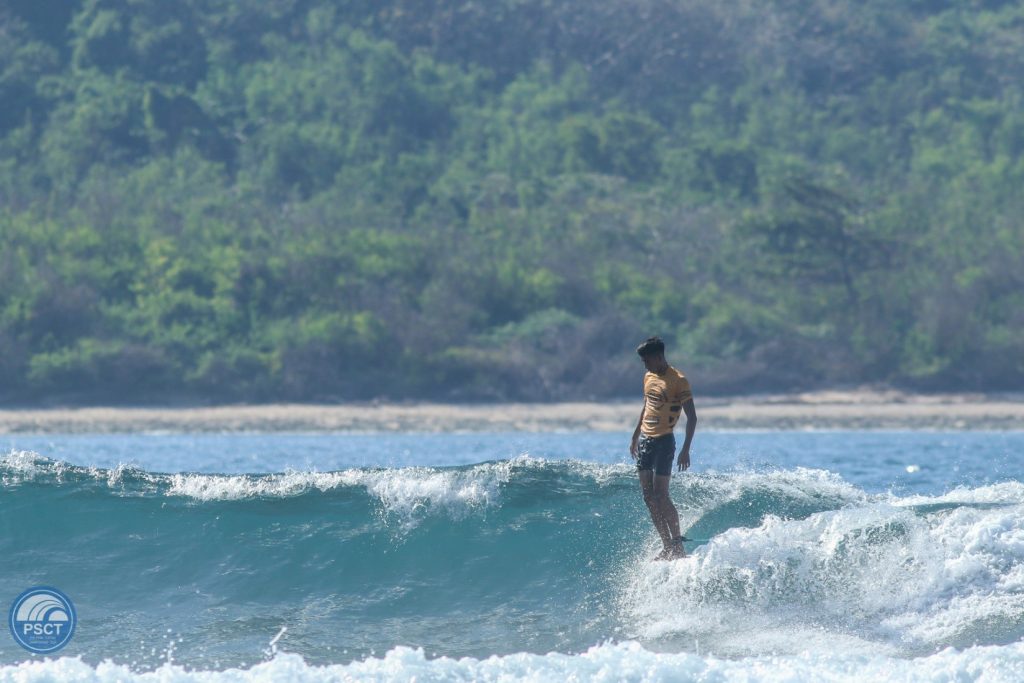
Cabugao is a first class municipality in Region I, the Ilocos Region. Its eastern border is marked by the Cordillera mountain range while its western border faces the West Philippine Sea. The town of Cabugao is accessible by land transportation and is 432 kilometers north of Manila. It is closer to other famous destinations such as Laoag, which is 55 kilometers away, and the ancestral town of Vigan, which is only 27 kilometers or about half an hour away.
The local surf pioneer in Cabugao is a fisherman named Ronald “Kido” Cabasug, hence the name Kido’s Point. In 1993, an Australian surfer by the name of Rene Hodgens trained him to catch the powerful and consistent waves that broke off the edge of the reef in Sabang Beach. In the years that followed, a tight-knit pack of local surfers from Ilocos Sur emerged– most of whom stayed discreet and underground like their home break.
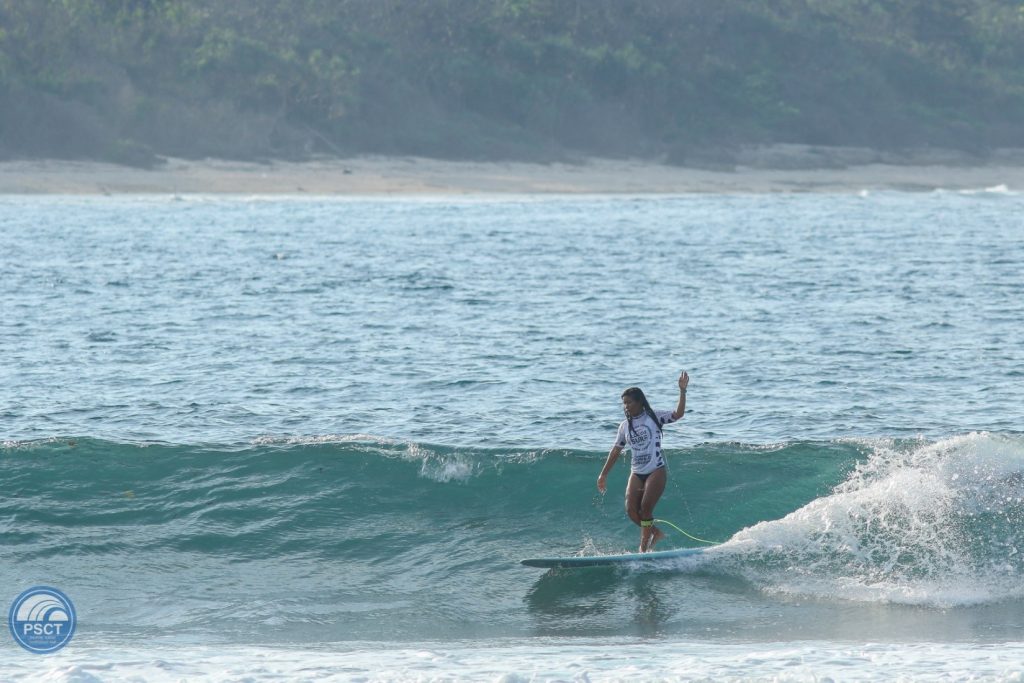
Exciting times are up ahead for the surfing community not only in the Philippines but in Asia now that the 19th Southeast Asian Games finally feature the sport—guess where it’s going to be held? Here in the Philippines! Great times ahead and I can only hope that it just gets better. Don’t you?
As more and more surf spots are placed on the map in our country, I only pray that this brings about positive change in how surfing and those who take pleasure in the joy it brings are being represented.

The Philippine Surfing Championship Tour (PSCT) is the premier professional surfing competition where top surfers from all over the Philippines compete in multiple locations around the country, vying for a spot in the national surfing team.
Already on its third year, the PSCT celebrates the Filipino surfers, passionate fans, and dedicated partners that together grow the Philippine surfing community to what it is today and what it’s envisioned to be.
PSCT exists to set the stage and act as a platform for professional surfing in the Philippines, promoting Filipino surfers as world-class athletes, and uniting the surfing community and fans by sharing the story, drama, and adventure of Philippine surfing one tour at a time.




